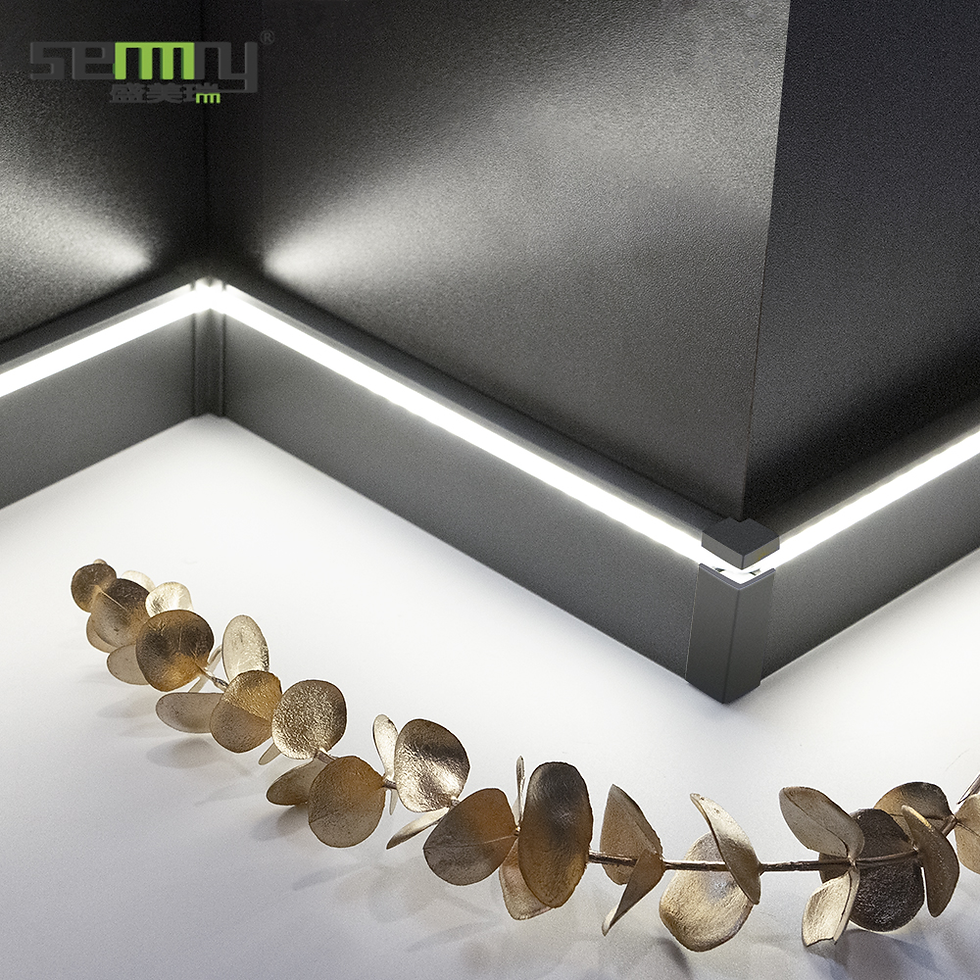"TYPES OF SKIRTING"
- IND ARCHITECT

- Nov 28, 2021
- 2 min read

WHAT IS SKIRTING?
Skirting tiles are the Tiles or Board that lay in the corner or junction of the floor and wall.
The Skirting boards help your room look bigger than it actually is, as the eye will move towards the floor and up the wall, which creates a seamless effect by a transition between floor and wall.

METAL SKIRTING
+ In metal skirting stainless steel is used. Stainless steel is given a modern vibe and rich look to the house.
+ This skirting type is given lightness to the interior. One of the biggest disadvantages of stainless steel skirting is that they are prone to scratching.

WOODEN SKIRTING
+ Wooden skirting is a good choice for granite, marble, and tiles floors.
+ They give sophisticated look to the house. Another use of wooden skirting for ceiling works, walls, and light floor.

PENCIL SKIRTING
+ Pencil skirting is an accurate design choice for a space to bring a clean finished look. + + This type of skirting is used on plain walls as well as textured or patterned walls.

DOUBLE LAYERED SKIRTING
+ Double-layered skirting is also known as two-toned skirting. These types of skirting boards are helping to give a detailed design to the room.

PLASTER SKIRTING
+ Plaster skirting is an unconventional style of skirting board. Which is embellish the walls and makes them a modern and chic look.
+ This type of skirting breaks the monotony of the smoothness of the plaster and wooden floor in the wall.

MDF SKIRTING
+MDF skirting is made up of compressed fiber. This type of skirting is available in a wide range of varieties.
+ MDF skirting is mainly in two types as pre-primed and pre-finished.
Pre-primed is ideal if you want to color and decorate your boards to according your own taste later. Also, it is cheap and has sufficient durability on it.
+ MDF skirting is an ideal choice if you looking towards classic white skirting in the interior of the house.






Comments